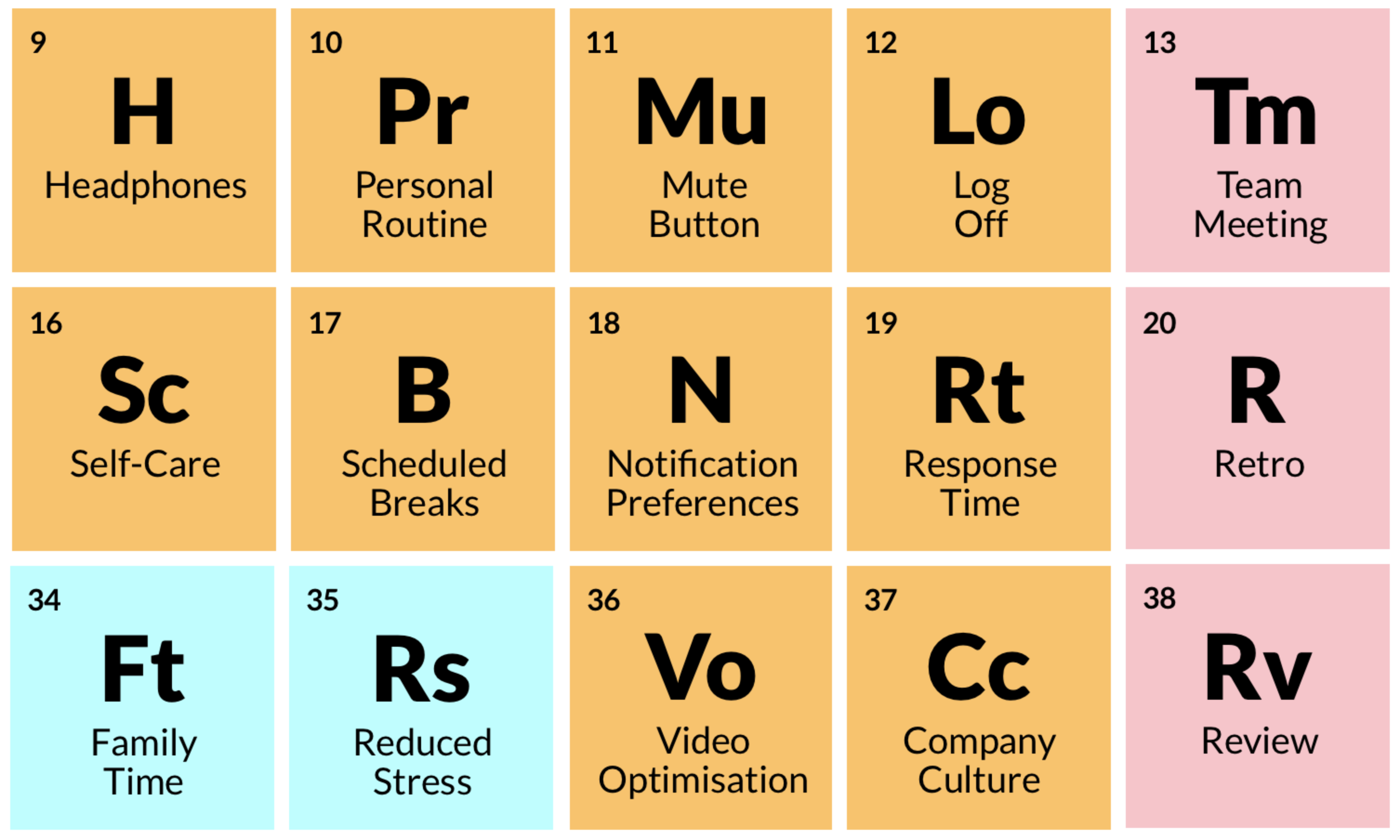Tips to welcome new starters to your remote team
This article is more than 2 years old. Some information may no longer be current. There’s no doubt about it, Covid has forever changed the future of...
Manage your equity and shareholders
Share schemes & options
Equity management
Migrate to Vestd
Company valuations
Fundraising
Launch funds, evalute deals & invest
Special Purpose Vehicles (SPV)
Manage your portfolio
Model future scenarios
Powerful tools and five-star support
Employee share schemes
Predictable pricing and no hidden charges
For startups
For scaleups & SMEs
For larger companies
Ideas, insight and tools to help you grow

This article is more than five years old; some information may no longer be current.
Like many companies nowadays the Vestd team is fully remote, though we didn’t start out that way. Over the last couple of years we have put a lot of effort into figuring out how to optimise the way we work.
In practice that means refining our processes and choosing the right kind of tools to help us get things done.
It also means being aware of the benefits and challenges of remote working, for my teammates and the business at large. I’m in no doubt that the pros vastly outweigh the cons.
Anyhow, I thought I’d try to visualise why and how we work remotely, using the tried and trusted format of a periodic table.
So without further ado, here it is (click on the image for a bigger version).
This is a largely subjective view on remote working. It isn’t comprehensive but covers off the things that I think matter most.
I will deep dive into each category in a series of separate blog posts.
If you spot any typos or duplicates please wave a flag (email chris@, or message @lakey on Twitter).

This article is more than 2 years old. Some information may no longer be current. There’s no doubt about it, Covid has forever changed the future of...

This article is more than 4 years old. Some information may no longer be current.

This article is more than 2 years old. Some information may no longer be current. In light of Mental Health Awareness Week and this year’s theme, we...